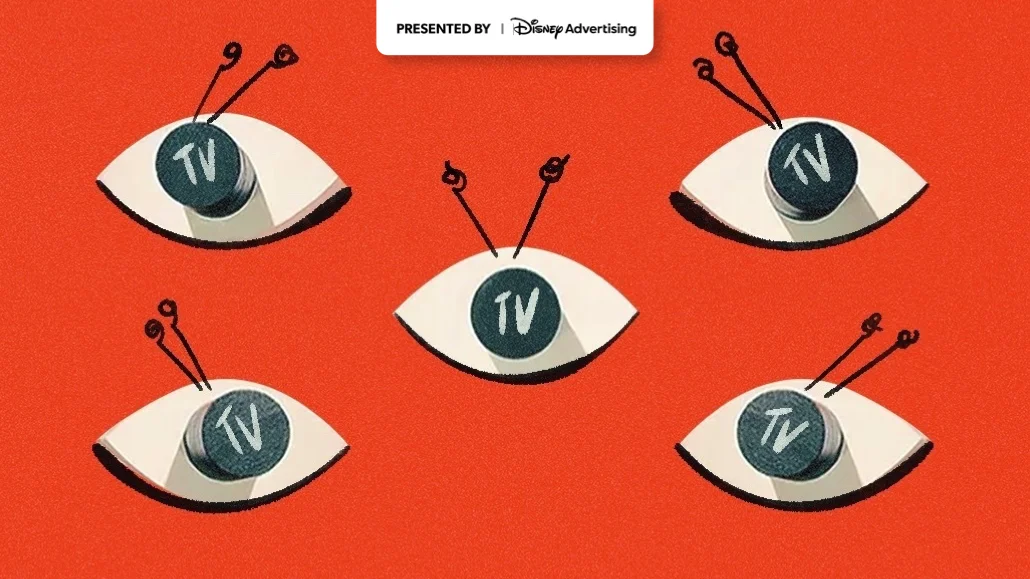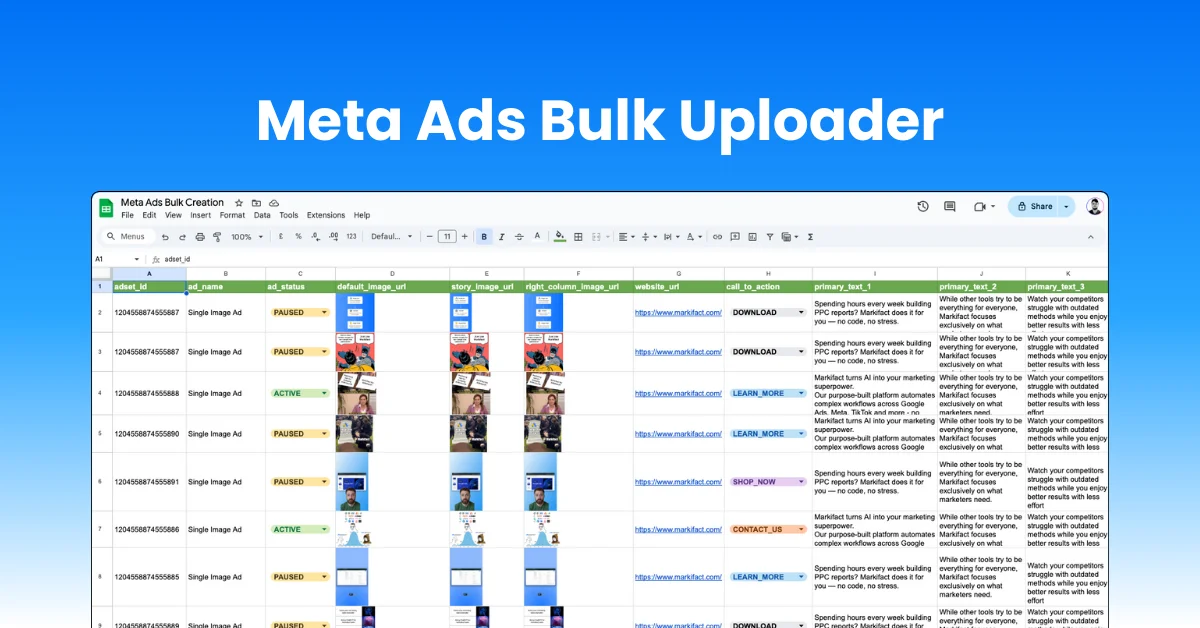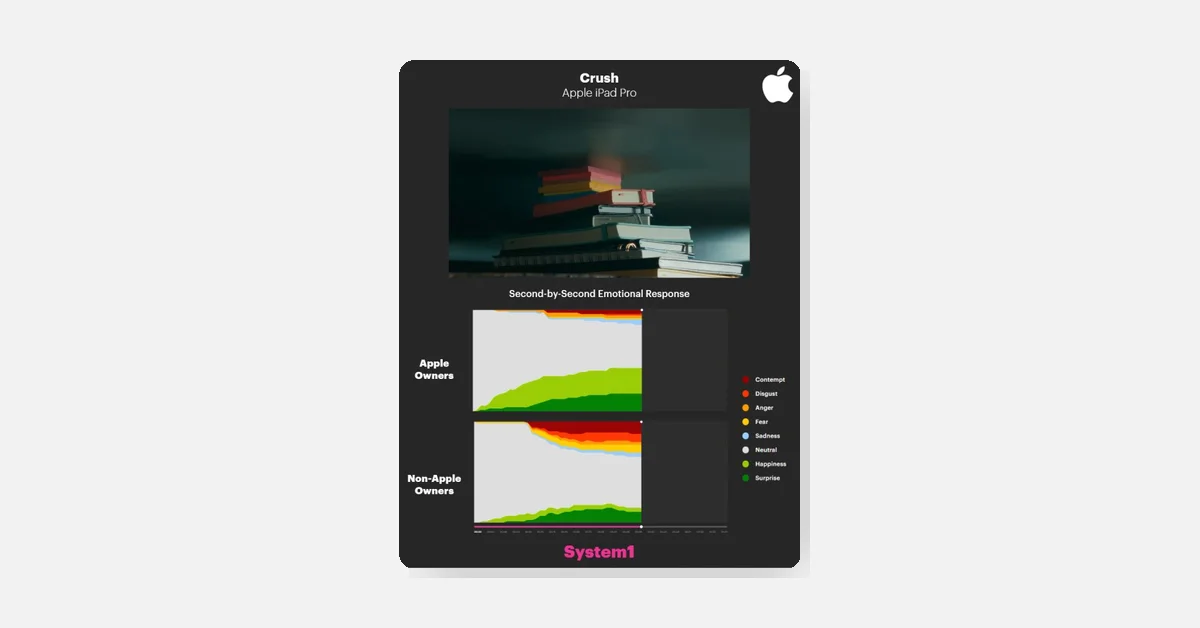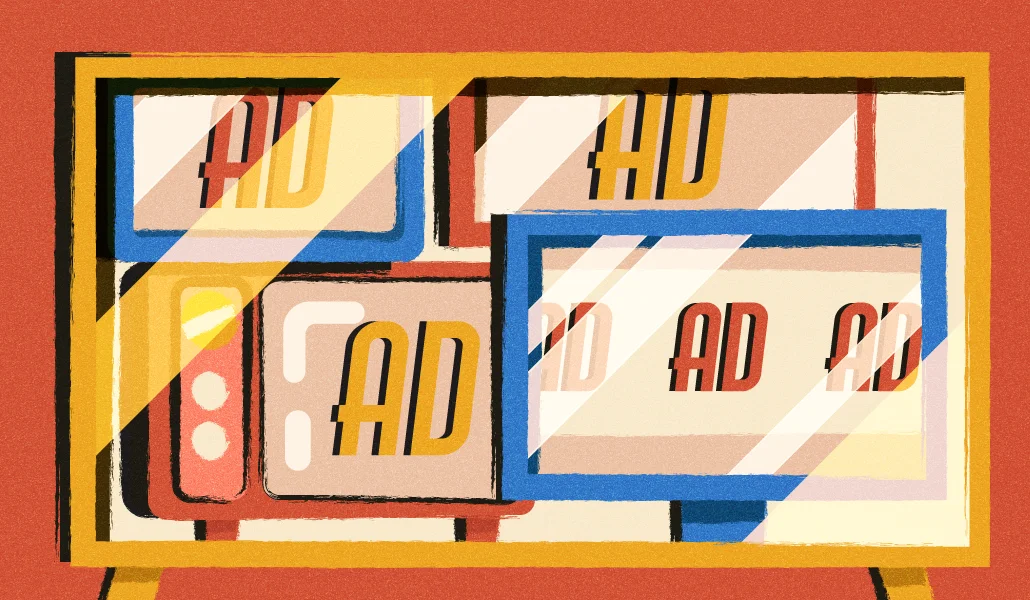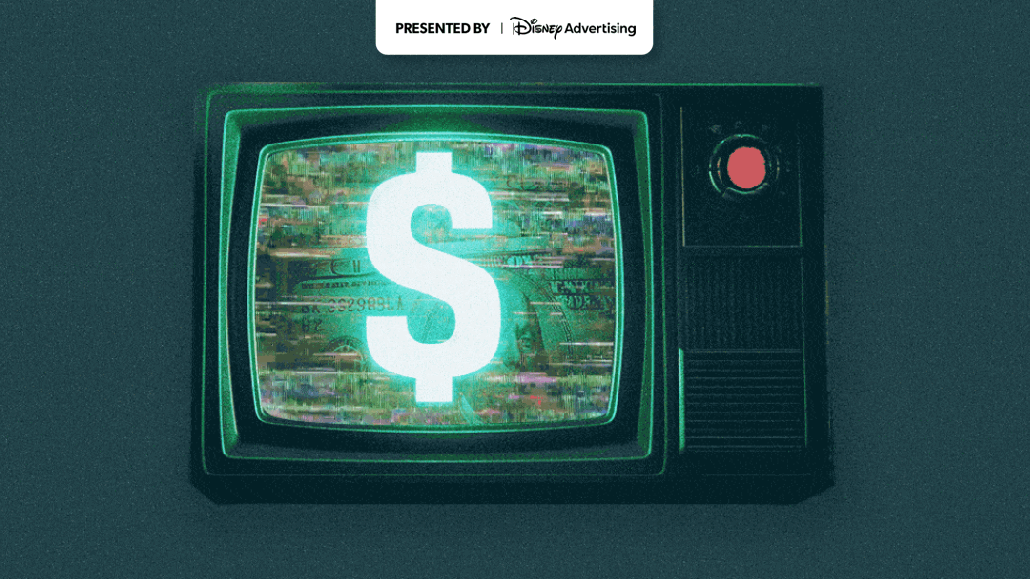The TV and streaming advertising upfront marketplace is undergoing changes due to the impact of the pandemic and the rise of streaming. This year's cycle is expected to be longer and could see changes in how business is conducted.
Key points:
- There is a delay in client readiness to commit dollars, with only about 50% of budgets visible and understood at this time.
- The market is in a post-pandemic correction period, with streaming taking a larger share and linear viewership declining. The scarcity of ad inventory that drove upfront commitments is lessening.
- The TV and streaming ad market is recovering, but spending levels are not fully back to pre-pandemic levels. Tech, pharmaceutical, and insurance advertisers are not spending at the level they were prior to the economic downturn.
- Upfront ad buyers are less willing to make commitments, known as "holds," in the spring and early summer that won't take effect until fall. Upfront ad sellers are also less inclined to call for commitments too soon.
- The process of making commitments is set for an update. Historically, commitments have been made at the brand level, but now both buyers and sellers are looking to secure agency-level commitments. This allows agencies to flex spending across clients and provides more flexibility on the advertiser side.
- Despite these changes, traditional TV is still expected to receive the bulk of upfront budgets this year, and Nielsen's legacy panel-based measurement is still likely to be the primary currency.
In conclusion, the upfront market is evolving, with a more pragmatic approach to the pace and structure of deals and a shift towards performance-based pitches. This reflects the dynamic nature of the ad marketplace and the ongoing changes in media.
